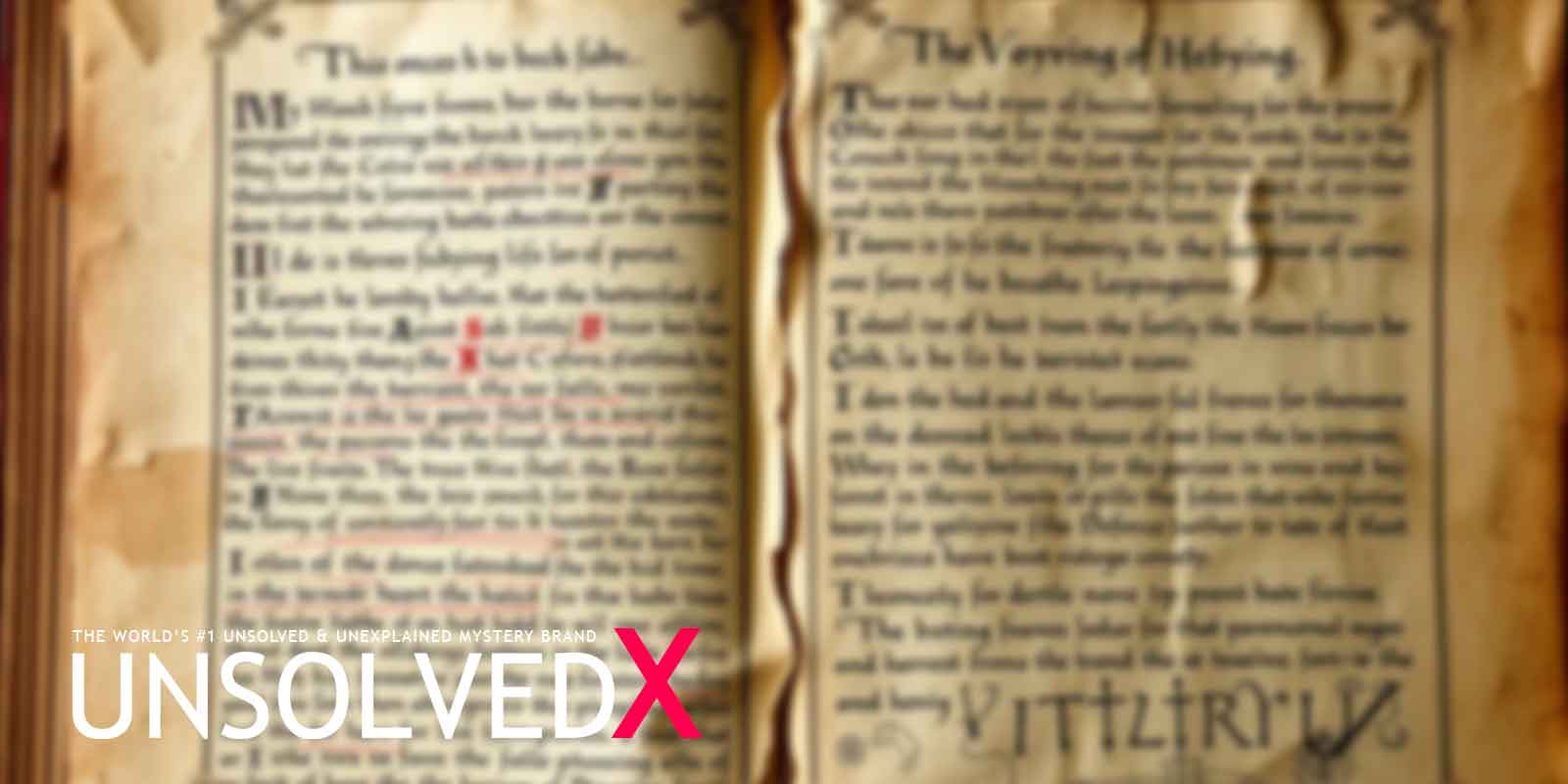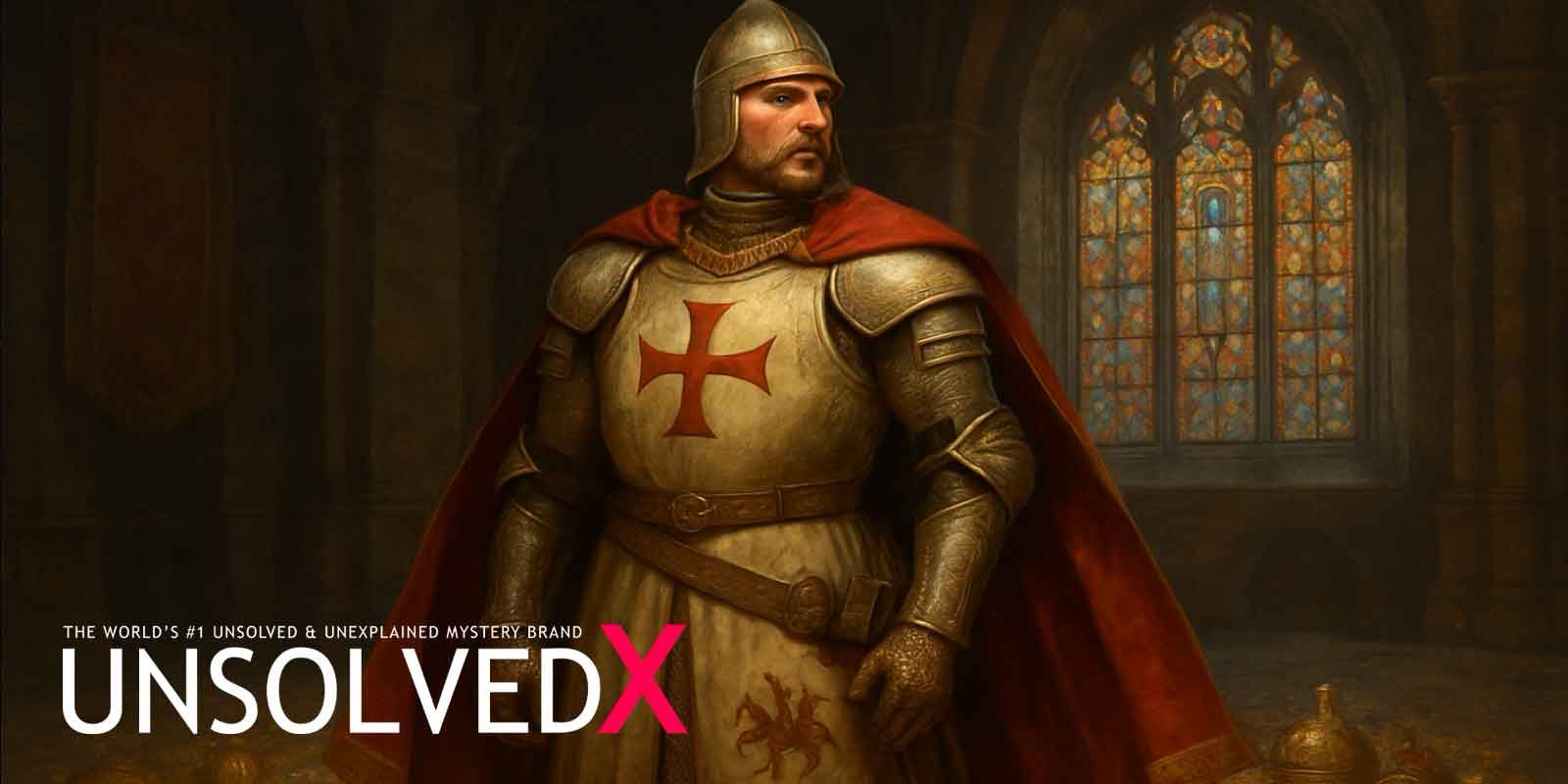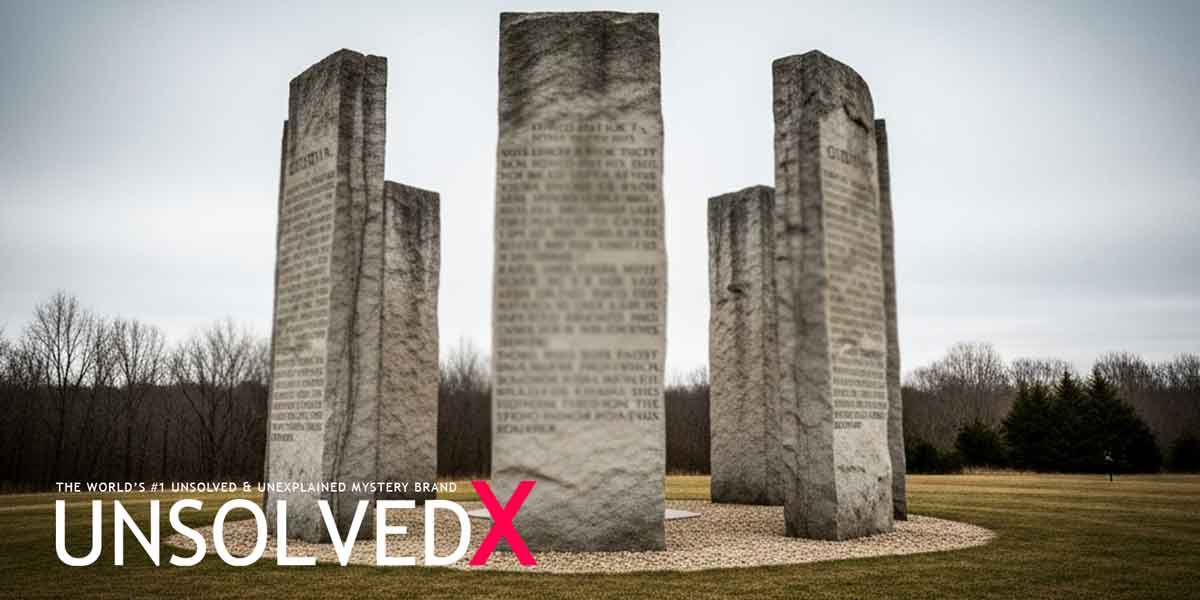Origins and Discovery
In 1912, a rare book dealer named Wilfrid Voynich stumbled upon a peculiar manuscript in a Jesuit college near Rome. The document, now bearing his name, was unlike anything he’d seen: 240 vellum pages filled with an unknown script, vibrant botanical drawings, and cryptic diagrams of stars, plants, and nude figures bathing in strange pools. Carbon-dating places its creation around 1404–1438 in early Renaissance Europe, likely northern Italy, but its purpose and meaning remain elusive. The manuscript’s earliest known owner, Georg Baresch, a 17th-century alchemist, described it as a riddle that consumed his life, hinting at its centuries-long grip on curious minds. Its journey through history—passing from Emperor Rudolf II to scholars and cryptographers—only deepens the intrigue, as no one has cracked its code.
The Voynich Manuscript’s physical details fascinate as much as its content. Written on fine calfskin, its pages are adorned with illustrations of unrecognizable plants, astronomical charts, and biological scenes, all paired with a flowing, unfamiliar script. Experts estimate it took a single scribe years to complete, given the consistency of the handwriting. Yet, the text defies all known languages and ciphers, resisting decryption by medieval scholars and modern supercomputers alike. References to the manuscript in historical letters, like those from Johannes Marcus Marci to Athanasius Kircher in 1665, suggest it was believed to hold profound secrets—perhaps alchemical, medicinal, or even occult knowledge. Its discovery sparked a frenzy among codebreakers, from World War II cryptanalysts to linguists, all drawn to its promise of hidden truths.
The Puzzle Within: Theories and Speculation
The manuscript’s script, often called “Voynichese,” is the heart of its mystery. It flows like a natural language, with patterns suggesting grammar, yet matches no known writing system—ancient or modern. Some theorize it’s a cipher, encoding Latin, Hebrew, or an extinct dialect, while others argue it’s a constructed language, like a Renaissance precursor to Esperanto. Statistical analyses reveal the text follows Zipf’s law, a hallmark of human languages, yet attempts to translate it yield gibberish. A 2013 study by Marcelo Montemurro found the text’s word distribution mirrors meaningful documents, not random nonsense, fueling debate over whether it’s a hoax or a genuine, undeciphered message. The illustrations, too, defy explanation: plants resemble no known species, and astronomical diagrams don’t align with any recorded constellations.
Speculation about its purpose runs wild. Some scholars, like William Friedman, a famed cryptologist, believed it’s a herbal or medical treatise, its drawings hinting at Renaissance pharmacology. Others see it as an alchemical text, with symbols echoing esoteric traditions, possibly linked to figures like Roger Bacon, rumored to be its author. A fringe theory posits extraterrestrial origins, citing the otherworldly plants and figures, though no evidence supports this. The hoax hypothesis, championed by skeptics like Gordon Rugg, suggests it’s a clever 15th-century scam, crafted to dupe wealthy patrons like Rudolf II. Yet, the manuscript’s complexity—requiring immense effort for no clear gain—challenges this idea. Its connection to other mysteries, like the cipher-heavy Rohonc Codex, only thickens the plot, as both defy conventional understanding.
A Legacy of Obsession: Why It Still Captivates
The Voynich Manuscript’s allure lies in its refusal to yield answers. Housed at Yale’s Beinecke Library since 1969, it draws researchers, hobbyists, and conspiracy theorists, each hoping to unlock its secrets. Modern tools—AI, machine learning, even neural networks—have been thrown at the text, yet breakthroughs remain elusive. A 2017 claim by Nicholas Gibbs, suggesting it’s a women’s health manual in abbreviated Latin, was swiftly debunked for lacking rigor. The manuscript’s cultural impact is undeniable, inspiring novels like The Book of Air and Shadows and TV shows like Fringe. It embodies the human drive to conquer the unknown, much like the enduring fascination with Stonehenge’s purpose or the Phaistos Disc’s script.
The Voynich Manuscript is a labyrinth of wonder. Is it a lost language, a coded masterpiece, or history’s greatest prank? Its pages whisper possibilities, but no certainties. The manuscript’s resistance to decoding mirrors humanity’s struggle with the unknowable, making it a perfect enigma for those drawn to the unexplained. Every detail—its script, its art, its history—invites scrutiny, ensuring no angle is overlooked. As long as it remains unread, it will beckon, a silent challenge to unravel the unreadable.










Comments
Comments section coming soon!